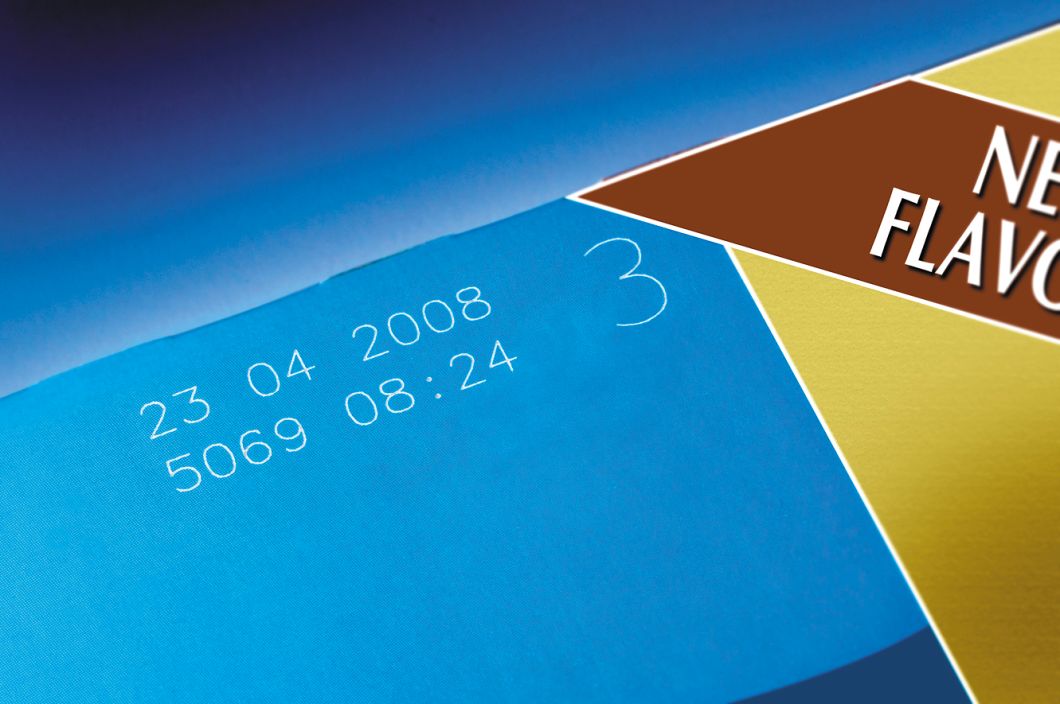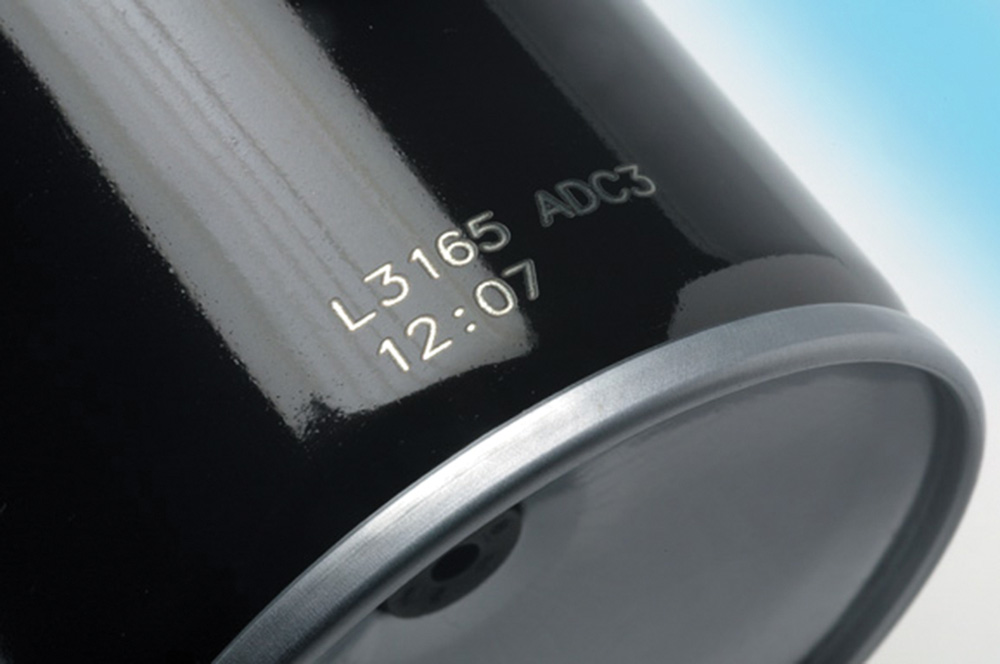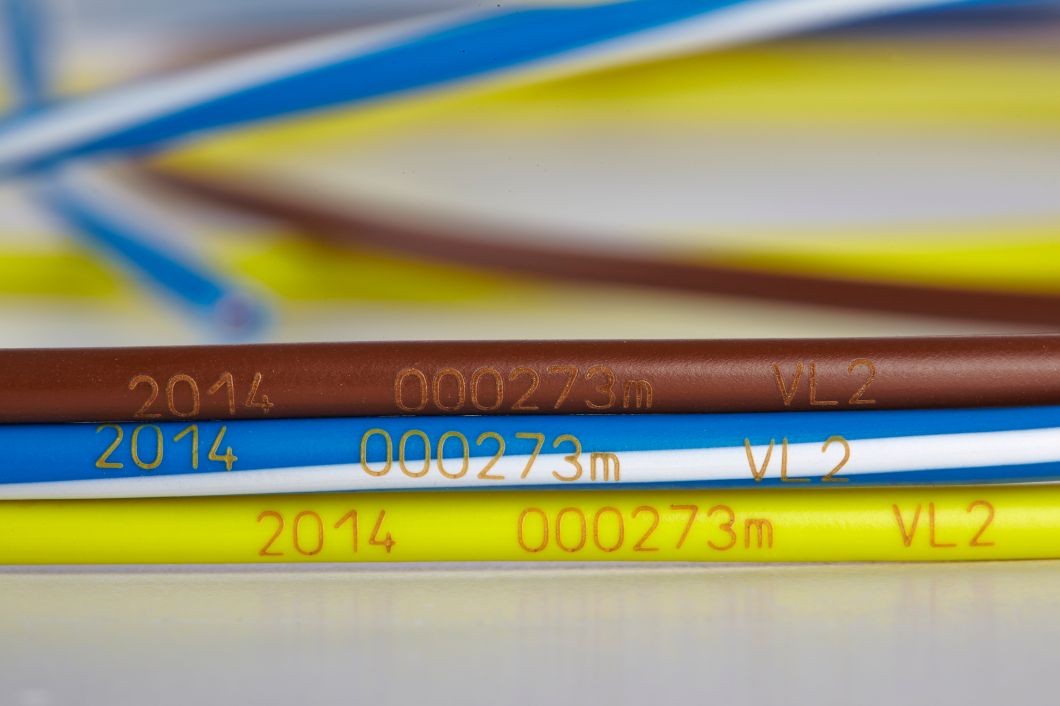A laser engraver machine consists of a laser and a controller. The laser’s beam is manipulated by the controller to trace patterns onto the surface to be engraved. The controller determines not only the direction, but also the intensity, speed of movement and spread of the laser beam at the surface.
The point where the laser beam touches the surface of the target material is its focal point. This point is typically small, often less than a fraction of a millimeter. Only the area inside this focal point is significantly affected when the beam passes over the surface, which makes the engraved results very precise.
A laser engraver is very efficient. Its beam delivers light energy to the surface to be engraved by converting that energy into heat. That heat energy changes the surface of the material, depending on the material: it vaporizes plastic or natural materials such as wood material, leaving the desired engraved mark. With harder surfaces, such as glass or stone, it causes the material to fracture and chip material off the surface.
In industry, laser engraving is used to mark a wide range of materials, including plastics, glass, rubber and metal. With metal parts and packaging, cutting through paint on the metal surface is generally how laser engraving takes place. When laser engraving vaporizes the surface material being engraved, ventilation is required to remove the noxious fumes and smoke arising from this process, and to remove debris on the surface that may interfere with continuing engraving.
Power level requirements vary for engraving different materials. Wood and paper require less than 10 Watts of power to change the surface color of the material to produce the desired marks. Rubber can be engraved, also at lower wattages, to carve printing stamps. Coated and painted metals are clearly marked using 30-Watt power levels.
A good example of where laser engraver machines have been adopted into industry is on the production line. On the line, the laser engraver machine’s beam is directed towards a rotating or vibrating mirror, which in turn moves to trace numbers and letters onto the surface being marked. This is an efficient way to place production codes, expiry dates and lot numbering on products and packages. Laser engraving allows products and packaging made of a variety of plastic and glass to be marked “on the move” as they travel along the production line. As a result, laser engraver machines today have replaced many older, slower printing techniques such as hot stamping and pad printing to mark products and packaging, resulting in increased productivity for many companies.
Related Articles



